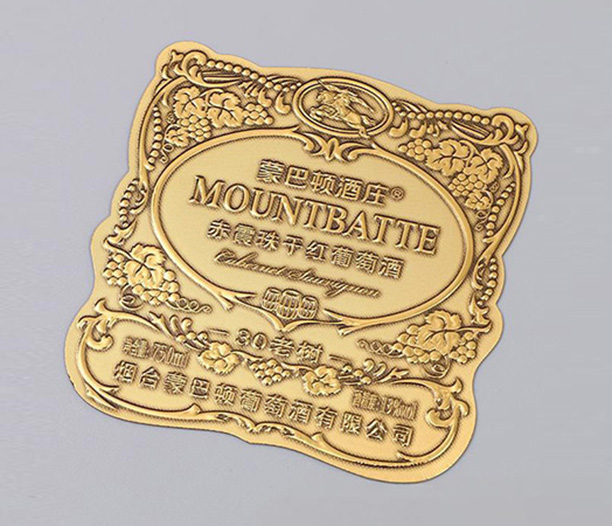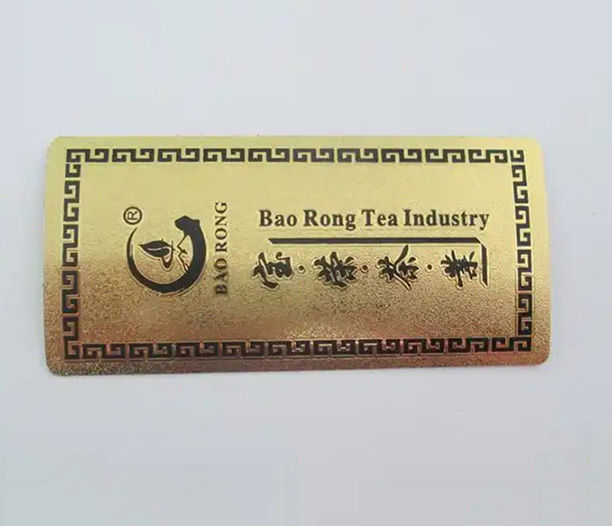In any industrial setting, clear communication is the bedrock of safety. Amidst the hum of machinery and the flow of operations, industrial safety labels serve as silent, constant guardians. They warn of dangers, instruct on procedures, and provide critical information at a glance. For safety managers and facility operators, selecting and applying the right labels isn't just a regulatory checkbox; it's a fundamental duty to protect people and assets. This guide will walk you through the practical steps of choosing and using industrial safety labels effectively within your facility.

Why Industrial Safety Labels Are Non-Negotiable
Before diving into selection, it's crucial to understand their core function. Industrial safety labels are your first line of defense against accidents. They fulfill several key roles:
Hazard Communication: They instantly convey information about chemical, electrical, mechanical, and physical hazards.
Accident Prevention: By clearly marking dangers like "Crush Hazard," "Hot Surface," or "High Voltage," they prompt cautionary behavior.
Regulatory Compliance: Organizations like OSHA (Occupational Safety and Health Administration) and ANSI (American National Standards Institute) have specific standards (e.g., ANSI Z535.4) for hazard communication, making proper labeling a legal requirement.
Workflow Efficiency: Labels for operational guidance, such as "Do Not Operate" or "Maintenance In Progress," help streamline processes and prevent errors.
Neglecting this aspect of safety protocol can lead to workplace injuries, costly downtime, and significant legal liabilities.
Decoding the Types of Industrial Safety Labels
Not all hazards are the same, and neither are the labels. Understanding the different types is the first step in making an informed choice.
Danger Labels: Reserved for the most severe hazards where immediate, serious injury or death will occur if the hazard is not avoided. These typically feature a red oval with white lettering.
Warning Labels: Used for hazards that could result in serious injury or death. The signal word "WARNING" is printed in orange on a black background.
Caution Labels: Indicate a potentially hazardous situation which, if not avoided, may result in minor or moderate injury. They are recognized by their yellow background and black signal panel.
Notice Labels: These labels convey information that is important but not directly hazard-related, such as equipment procedures, security protocols, or hygiene reminders. They use a blue background with white lettering.
Fire Safety Labels: Identify fire extinguishers, hoses, alarms, and sprinkler systems, typically using red pictograms and text.
Pipe Marking Labels: Crucial for identifying the contents and flow direction of pipes, following a color-coded standard (e.g., yellow for flammable fluids, green for water).
Electrical Hazard Labels: Specifically designed for electrical panels, conduits, and equipment, warning of shock, arc flash, and other electrical dangers.
A Practical Guide to Choosing the Right Label
Selecting the correct industrial safety labels involves more than just picking the right signal word. Here’s a practical framework for your decision-making process.
1. Assess the Hazard and Environment
Start by conducting a thorough walk-through of your facility. Identify all potential hazards. Crucially, consider the environmental conditions:
Indoor vs. Outdoor: Will the label be exposed to UV rays, rain, or extreme temperatures?
Chemical Exposure: Will it come into contact with solvents, oils, or acids?
Temperature Extremes: Will it be subjected to high heat or cryogenic conditions?
Abrasion: Is it in an area where it might be scratched or scuffed?
2. Understand Material Durability
The material of the label dictates its lifespan and effectiveness.
Vinyl: A cost-effective, general-purpose material suitable for most indoor applications.
Polyester: Offers excellent durability, chemical resistance, and temperature tolerance. Ideal for harsh indoor and many outdoor environments.
Polycarbonate: Extremely tough and resistant to impacts, chemicals, and high temperatures. Often used on machinery and equipment.
Anodized Aluminum: The gold standard for extreme conditions, including prolonged outdoor exposure, high heat, and corrosive atmospheres.
3. Select the Right Adhesive
A label is only as good as its bond. The surface material dictates the adhesive you need.
Permanent Acrylic Adhesive: Standard for most clean, smooth surfaces like painted metal, plastic, and glass.
High-Tack Adhesive: Designed for slightly textured or dusty surfaces.
Removable Adhesive: For temporary safety messages or non-permanent applications.
Always ensure the surface is clean, dry, and free of grease before application for the strongest bond.
4. Prioritize Legibility and Compliance
The label must be easily seen and understood. Ensure the label design complies with relevant ANSI/OSHA standards for color, signal words, and format. The text and pictograms must be large enough to be read from a safe distance. For companies demanding uncompromising quality, brands like Hemawell Nameplate specialize in producing highly durable, fully compliant industrial safety labels that remain legible for years, even in the toughest conditions.

Best Practices for Application and Maintenance
Applying the label correctly ensures its longevity and effectiveness.
Surface Preparation: This cannot be overstated. Clean the surface with isopropyl alcohol to remove all dirt, oil, and residue.
Application Technique: For large labels, use the "hinge method" – peel part of the backing, align the label, and smooth it down while gradually removing the rest of the backing to avoid air bubbles.
Placement: Place the label in a highly visible spot, directly on or immediately next to the hazard. Avoid placing it on moving parts or where it will be obstructed.
Regular Audits and Maintenance: Industrial safety labels are not "set and forget." Incorporate them into your regular safety audits. Check for fading, peeling, or damage, and replace them immediately if they are no longer effective.
Case in Point: The Role of a Trusted Supplier
Working with a reputable manufacturer can simplify this entire process. A company like Hemawell Nameplate, for instance, doesn't just supply labels; they provide solutions. They can offer expert guidance on material selection, ensure all products meet or exceed ANSI/OSHA standards, and even provide custom labeling services for unique or complex hazards. This partnership ensures that the industrial safety labels you invest in are fit for purpose, durable, and truly contribute to a safer work environment.
Industrial safety labels are a small investment with a massive return in workplace safety, compliance, and operational efficiency. By systematically assessing your hazards, choosing the right materials and adhesives, and applying them with care, you transform these simple signs into powerful tools for risk management. Don't leave safety to chance—make informed choices about the labels that protect your most valuable asset: your people.
Frequently Asked Questions (FAQs) about Industrial Safety Labels
Q1: How often should we inspect and replace our industrial safety labels?
A1: There is no fixed timeline, as it depends on the environment. Labels in harsh conditions (outdoors, high UV, chemical exposure) should be inspected quarterly. For standard indoor settings, a semi-annual inspection is advisable. The key rule is to replace any label immediately if it becomes faded, damaged, scratched, or peeled, rendering it unreadable or less effective.
Q2: Can we create custom industrial safety labels for a unique hazard in our facility?
A2: Absolutely. While standard labels cover common hazards, many situations require a custom message or pictogram. Reputable suppliers like Hemawell Nameplate specialize in custom industrial safety labels. You can specify the exact text, hazard level, symbols, and material to precisely address a unique machine, process, or chemical hazard, ensuring clear and specific communication.
Q3: What is the main difference between a 'Danger' label and a 'Warning' label?
A3: The difference lies in the severity of the risk. A "Danger" label is used for the most extreme hazards where an immediate, high probability of serious injury or death exists. A "Warning" label indicates a hazard that could result in serious injury or death, but the risk level is slightly lower. Using the correct signal word is critical for communicating the precise level of risk to workers.
Q4: Are there specific industrial safety labels for high-temperature surfaces?
A4: Yes, high-temperature labels are a specific category. They are made from materials like polyester or polyimide with special heat-resistant adhesives that can withstand temperatures ranging from 500°F to over 1000°F. These labels are essential for ovens, boilers, steam pipes, and hot machinery to prevent severe burns, and they are designed not to peel, crack, or become illegible under thermal stress.
Q5: What is the best way to remove an old industrial safety label that is leaving a sticky residue?
A5: First, try to peel the label slowly at a low angle. For stubborn residue, apply a commercial adhesive remover (ensure it is compatible with the underlying surface) and let it sit for a few minutes before wiping it away with a cloth. For a less aggressive approach, a mixture of warm, soapy water or isopropyl alcohol can also be effective. Always test any cleaning solution on a small, inconspicuous area first.






